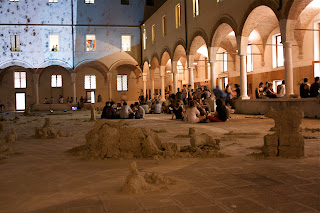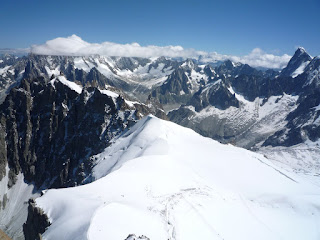The time of Christmas markets is quickly approaching, travel agencies have already offered two – three days long arrangements to most popular destinations around Europe that attract thousands of people every year. Maybe you are thinking of visiting one of those places as we speak.
The idea of Christmas fairs is generally the same, though there are some differences between regions and countries. East Europe is well-known as a destination that every traveler puts on his travel map at this time of year. Visiting some of the best fairs in Germany like Nurberg, Berlin, Frankfurt, Etfurt or Dresden you cannot miss, as well as Vienna’s market in Austria, Budapest’s in Hungary or Prague’s in Czech Republic. All the markets open on the last week of November and last till Christmas Eve, marking the weeks of Advent. They work from morning to late evening, around 8 or 9 pm and are usually held on main squares.
Christkindlmarkt, Vienna
Particularly attractive during late afternoons and evenings, when it’s dark and all the lights and people create the seemingly warm atmosphere, Christmas markets turn into shopping bazaars. The original concept was to present and sell hand-crafted work typical for that region and for the period (Christmas time). But nowdays, you’ll find things such as hand-crafted work, Christmas ornaments to gloves and scarves, candels, jewlery, sweets and more. So don’t believe everything you hear!
booth, Vienna
The second reason why people visit Christmas markets is because of the food. There is always something typical for the region you are in but where ever you go, you will find the inescapable grilled suasages, deep-fried potato cakes and hot mulled wine. Just to keep the winter cold away… And where there is food, there is music too. Coming out of the numerous wooden booths or sometimes as live performances in the later hours of the day. Kids won’t be neglected either. With so many sweets to choose from and shows to watch, you will not have to worry about the little ones.
Erfurt
Nurberg
My disclaimer is that you really don’t have much to do there for three day. Have fun, enjoy the atmosphere and then take a walk around the city, go shopping or sit in one of the local cafes or restaurants. In the end, all you want to do is to experience the Christmas spirit…
































